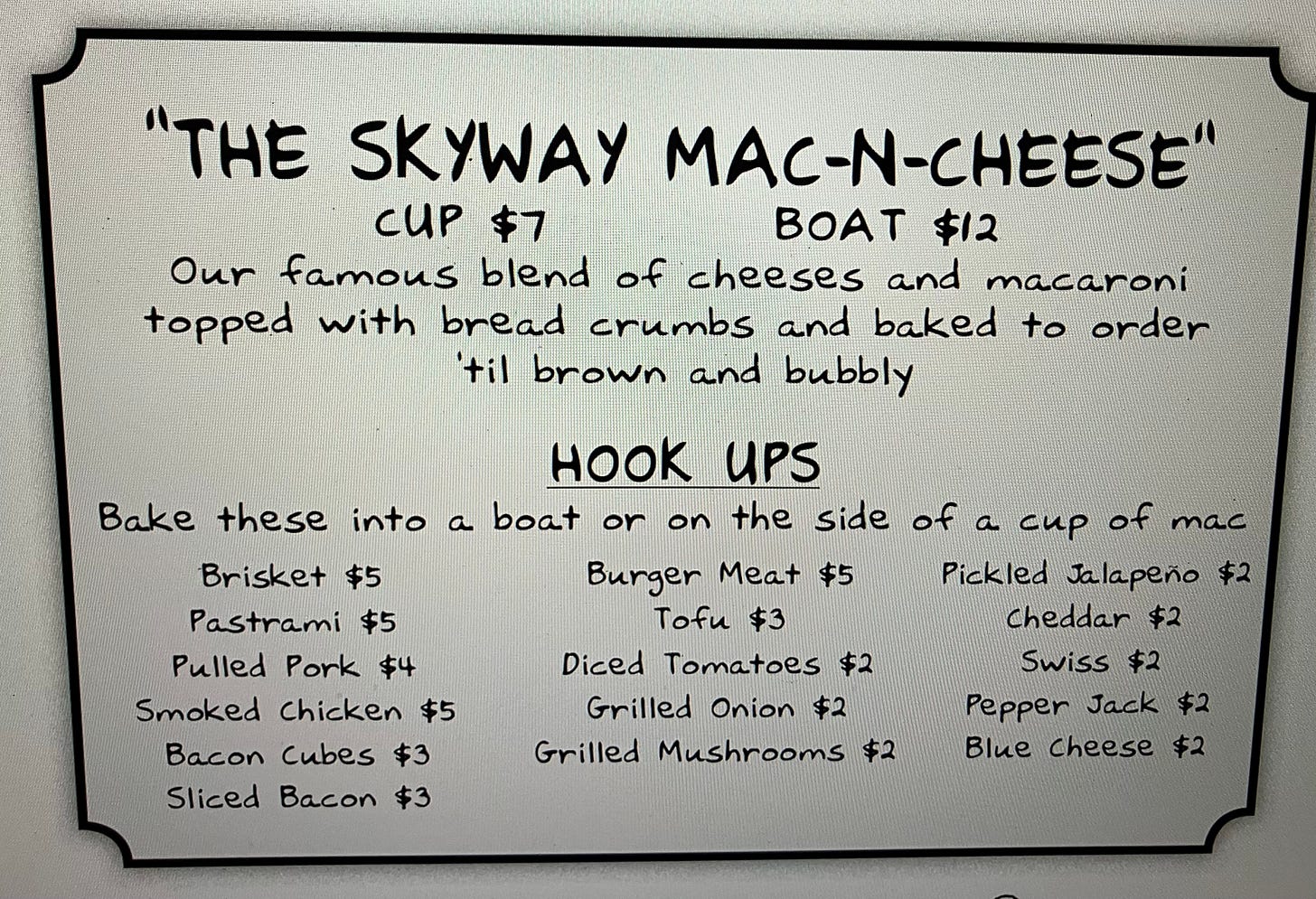Winter Wonders: Embracing the Snow, Surviving the Storm, and Staying Safe ❄️🏔️🛡️
A journey through the snowy landscape of Mt. Hood, resilience in the face of a storm, and the importance of snow safety
Snow Fun - A Day on Mt. Hood ❄️🏔️
Winter snow arrived a bit late this year in Oregon. But finally, in the first week of January, we had enough snow for a fun-filled day on Mt. Hood, just a short drive away.
Mt. Hood, Oregon’s highest peak and a potentially active volcano 🌋, offers year-round skiing and is the perfect destination for a snow day. Our journey began with a drive up Route 26, a highway with so many sights and stops. Naturally, I stopped to build a snowman ☃️, play in the fresh snow, warm up with picnic and soup, and relive childhood memories of growing up in the snowy Colorado Rockies 🏔️. Along the way, we saw spots for skiing 🎿, snowboarding 🏂, snow tubing, snowshoeing, snowmobiling, cross-country skiing 🎿, sledding 🛷, night skiing, and hikes to frozen waterfalls. It was a winter wonderland! ⛄🎿
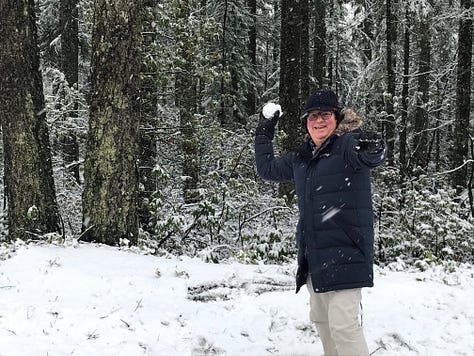
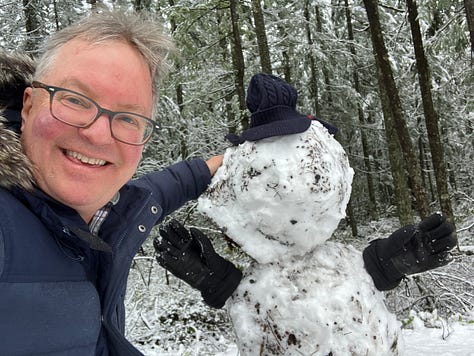
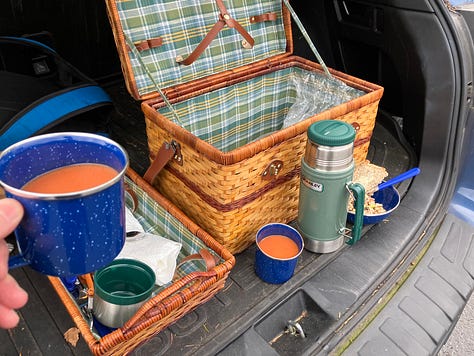
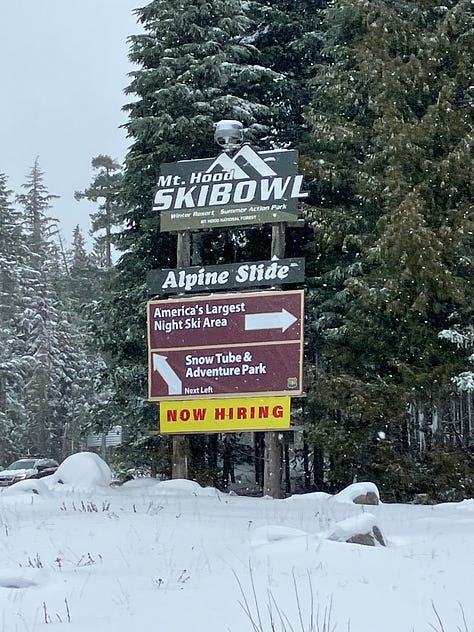

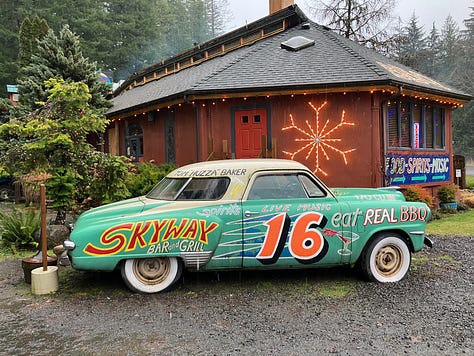
We finished the perfect day with a stop at the historic Skyway barbeque restaurant to enjoy a great BBQ on Route 26 in Zigzag to refuel with the delicious Skyway Mac-N-Cheese Boat with pulled pork, macaroni, and cheese, and pickles topped with bread crumbs and baked to til brown and bubbly. Yum!
Snow Storm - The Unexpected Blizzard ❄️🌬️
Unfortunately, last weekend, a severe snowstorm hit Oregon and southern Washington, bringing ice, snow, dangerous winds, and falling trees. Suddenly, we found ourselves experiencing frigid temperatures, snow, and freezing rain. The dangerously icy wind gusts brought wind chill temperatures to as low as -10 degrees Fahrenheit.
Lake Oswego issued a State of Emergency with a winter storm alert on Saturday, January 13, with extreme wind, falling trees, and dangerous conditions. We joined with thousands of people throughout the region who were without power for several days. The storm caused significant damage, with trees falling and power outages affecting many.
Despite the emergency, we were fortunate to have a backup Jackery battery. We first found shelter at McDonald’s for coffee, breakfast, and Wi-Fi, and then we sought safety at a hotel in Portland on the second night of the storm. This experience underscored the importance of being prepared for such unexpected events. It was a stark reminder that nature’s beauty can quickly turn into a life-threatening emergency. 🚨🔋🏨
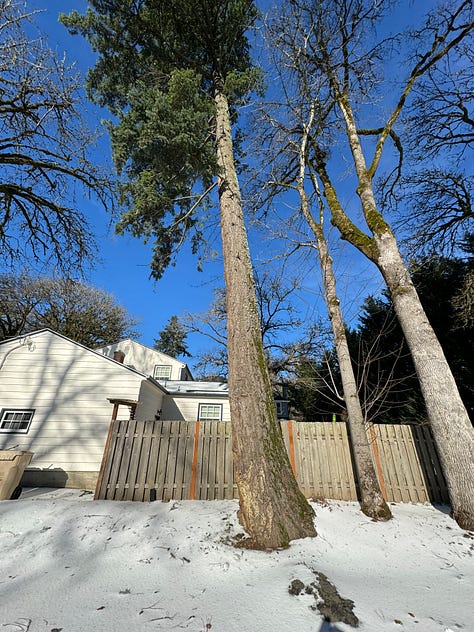

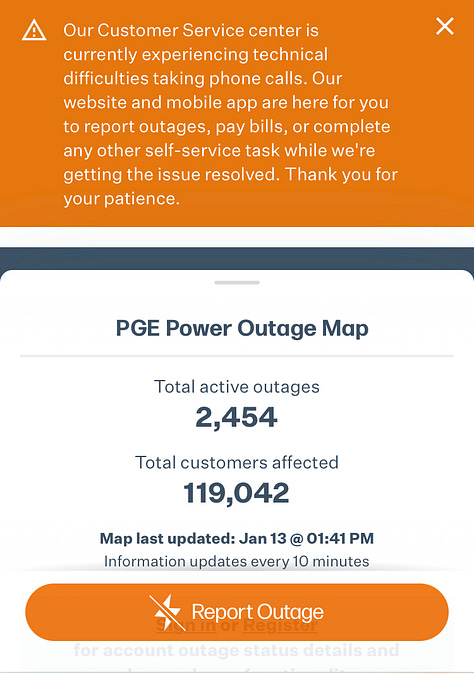
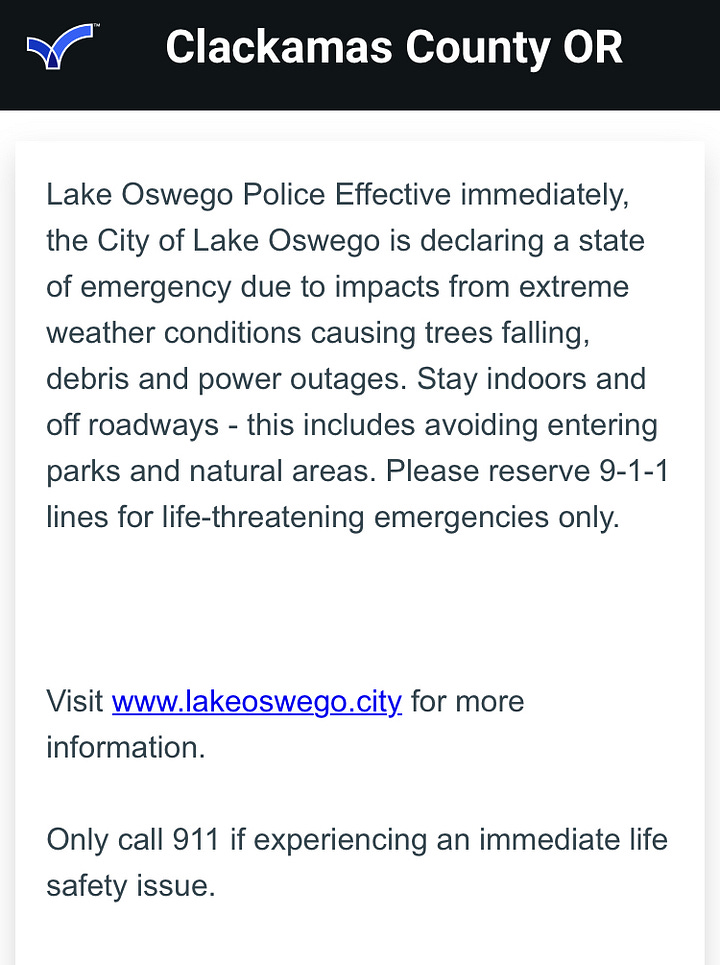

Snow Safety - Prepare for Emergencies ❄️🚨
Staying safe in the snow and during a snowstorm is critical. Preparing for a severe winter storm involves safeguarding yourself, your family, your pets, your home, and your car. Here are a few tips to be prepared.
Personal Safety 🧍
Stay informed about weather forecasts.
Have at least a 3-day supply of non-perishable food and water.
Prepare an emergency kit with medical supplies, an emergency radio, communication devices, basic hand tools, flashlights, candles, matches, ample heating fuel, warm clothing, extra blankets, pet cleanup supplies, and important documents in a sealed container.
Home and Automobile Safety 🏠🚗
Insulate your water pipes to prevent them from bursting.
Hire an arborist to inspect trees for potential hazards.
Check your roof’s structural ability to handle large amounts of snow.
Winterize your vehicle and keep it in good condition.
Store winter emergency supplies in your vehicle, including food, water, blankets, a flashlight, a first aid kit, an emergency radio, and tools.
During the Storm 🌨️
Stay off the roads during winter storm advisories, watches, and warnings.
If it’s safer to evacuate your home than to stay, do so. Otherwise, shelter in place.
Sheltering in Place 🏠
Recognize the signs of hypothermia and frostbite and know the appropriate responses.
Avoid using generators, grills, camp stoves, or charcoal-burning devices indoors.
Layer up with warm clothing and blankets.
Maintain communication with family, friends, and neighbors, and have an emergency communication plan.
Keep pets indoors.
Use a working thermometer to monitor the temperature in your home.
Allow faucets to drip to prevent pipes from bursting.
Stay updated with emergency alerts from local authorities, including threats to water or power supplies.
Evacuating During or After a Winter Storm Disaster 🚨
Ensure your vehicle is prepared for the journey.
Have sufficient emergency equipment and supplies in your vehicle.
Know your destination and the route to get there.
Inform someone about your destination, the route you plan to take, and your expected arrival time.
Prepare a checklist of items to take with you, including all family members, pets, an emergency supply kit, directions to your destination, a battery-powered radio, photos/video/inventory of possessions for insurance purposes, contact information for your insurance company, copies of insurance policy documents, and irreplaceable items and keepsakes, if possible.
Please enjoy the snow but stay safe! ⛄🙏




